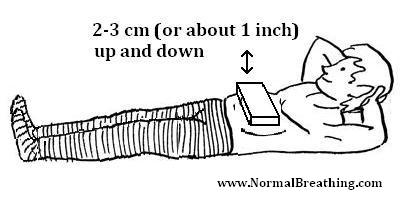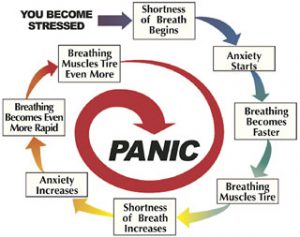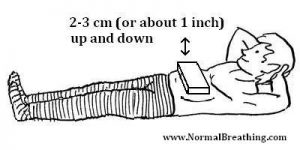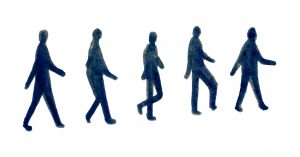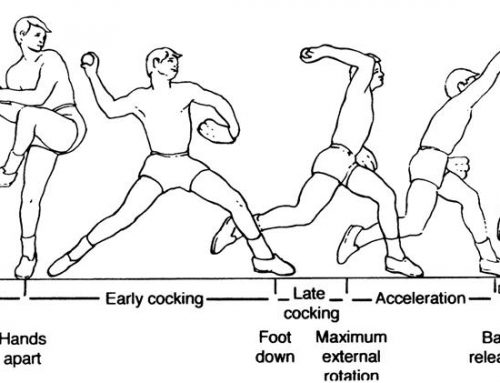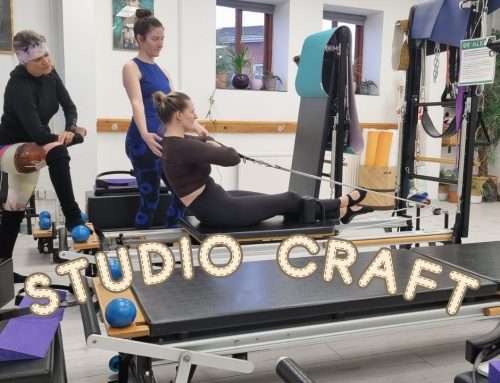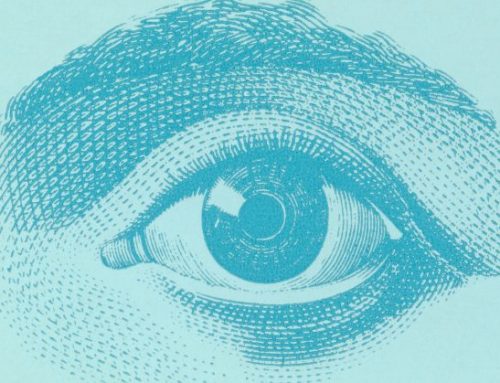Breathing
This is one of the most basic functions in life, then why is it that most of us are breathing incorrectly? Do you know that many of us are breathing too fast, with short sharp shallow sharp bursts?
Breathing affects the PH balance of the body; it’s the primary function of the diaphragm. Stress will show as short sharp shallow breaths and is also associated with fear. With the way modern life is and all the rushing around many of us live in a constant state of fight of flight. In ancient Indian and Buddhist philosophy it is said that the slower we breathe the longer we live. There is even a breed of lizard that is said to talk one breath per minute
Many yogic breathing practices are designed to animate and strengthen different aspects of the breath. In healthy bodies we can ensure our own breathing rhythm. We can tell if the rhythm is optimal. Sudden pranayama sessions can cause distress if people change their breathing patterns too rapidly, or if they try to hold their breath and it does not suit their body. T.K.V Descikchar says “The gradual process of pranayama’, reminding us to introduce the pranayama slowly building up.
A great way to bring awareness to breath is through meditation practices, they do not have to be seated they can be moving. A Yoga asana class can help the flow of breath with movement. The body will feel the inhale and exhale naturally. Other practices like Pilates and GYROTONIC also connect breath with movement. The ‘GYROTONIC EXPANSION SYSTEM’ as the name describes really helps clients to focus on opening, being tension free whilst maintaining enough strength and poise in the body to move. Breathing exercises are not about controlling the body. They are more about bringing strength and resilience to the functional form. If you pay enough time and effort to the breath you will be rewarded with more energy and the agility to move and feel better. Patanjali Yoga sutra 2.49 tells us “Through asana practice we can understand how the breath behaves. Breathing patterns are individual. They can vary as a state of mind or bodily changes as a result of internal and external forces. The knowledge of breath gained through asana practice , is the foundation for beginning pranayama practice.
Classical anatomy addresses individual breathing muscles like the diaphragm, intercostal, and the scalene as separate entities. The body does not experience isolation of breath in this way, however we can focus on a single area at one time as we move and exercise. Biotensigrity tells us that the breath is 360 degrees. It sends a rhythmic matrix echoing through the body’s fascia.
Depending on whom you study with you will be told different ways to breathe. Technically we should breathe from the belly first. Look at yourself in a mirror and notice how you breathe. Do you breathe shallow into your chest or deeply your abdomen? How many breaths per minute? Is your nose blocked? If you’re a chest breather, who has shallow breaths, then you’re stressed and breathing inefficiently. If your nose is blocked you probably have a chronic infection or an allergy to foods or chemicals. The less efficient your breathing, the less healthy you will be.
Try this lovely ‘Walking Meditation”- To achieve autonomic nervous system balance (elevate
Your walking should be timed to your steps e.g. inhale for 4 steps, hold for one step and exhale for one step. A good idea is to count the steps in your mind, so that you keep your mind focused. Ideally a walking meditation should be no less than between 15 minutes to one hour.
You can then progress on to the stork walk, you apply the same consciousness described as above for the walking meditation. The slower you go the more Chi (life force, energy, prana) you will create and the better balance you will have in life.
Bibliography
“Chek Exercise Coach” – Paul Chek
“Yoga Anatomy”- Leslie kaminoff
“Fascia, Anatomy and movement” – Jo avison
“Heart of Yoga” – T.K.V Desikachar

